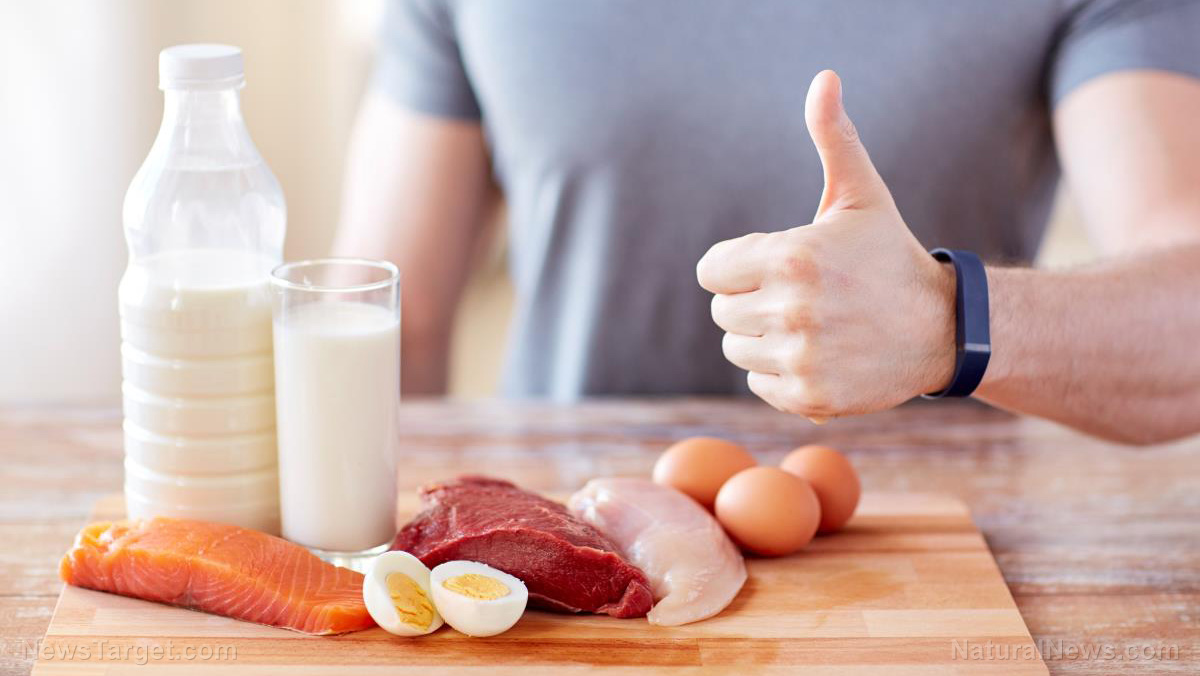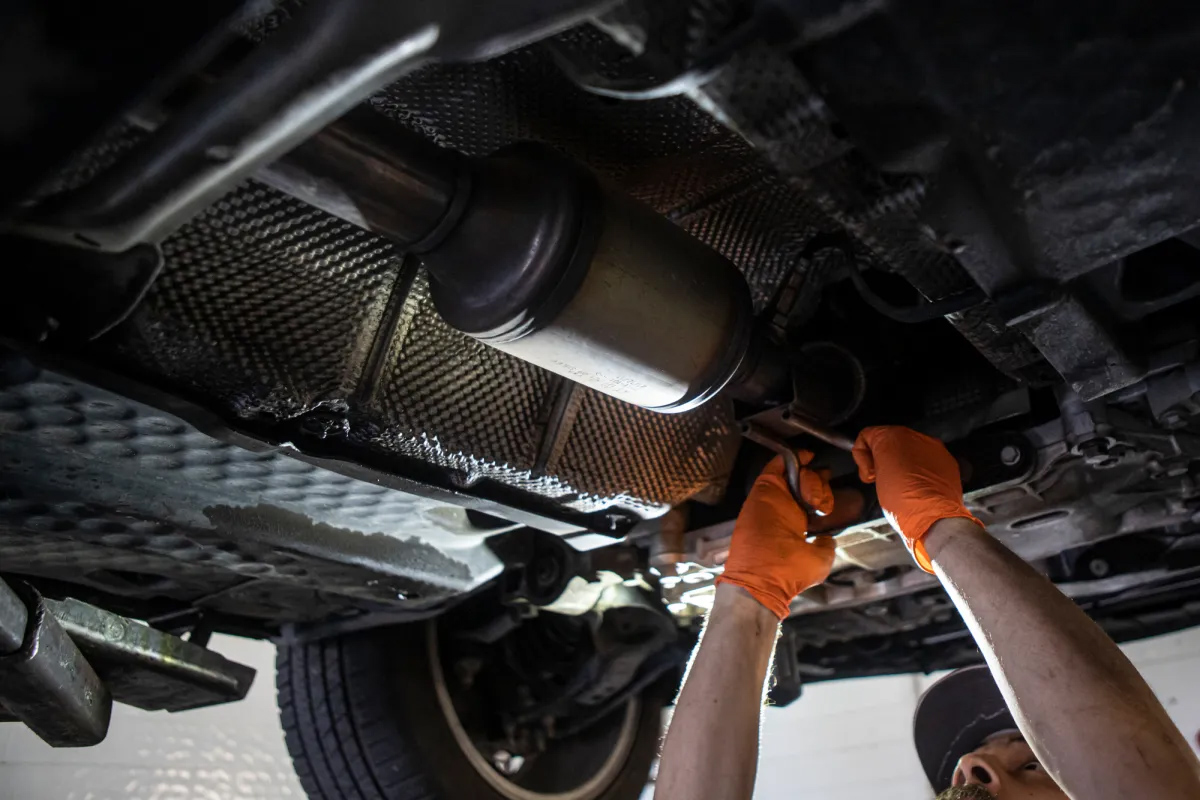by Zoey Sky
Eating healthy doesn’t mean depriving yourself of things you love to eat. Instead, it’s more about eating everything in moderation, from red meat to desserts.
If you often enjoy midnight snacks, try to eat more healthy foods like nuts or fruits that help promote sleep.
Food, sleep and the circadian rhythm
Your body requires food like a car requires gasoline. It is a source of fuel that keeps the wheels turning.
However, if you get hungry at night, you can’t enjoy the same foods you eat in the morning or afternoon because you might have trouble falling asleep
Everyone has a circadian rhythm or an internal clock that tells the body when to wake up and when to rest. When the sun rises, your body’s ready to be active. On the other hand, when the sun sets, your body is also preparing to wind down. This is one reason why your late-night cravings should be curbed with sleep-promoting desserts that won’t disrupt this natural cycle.
If you often eat desserts, especially after dinner, you might often have trouble going to sleep. One such dessert is chocolate.
Chocolates contain trace amounts of caffeine. If you are sensitive to caffeine, eating only a few squares of this chocolatey snack could be enough to disrupt your sleep.
Milk can promote good sleep, but store-bought ice creams and other dairy desserts are full of added sugar and other sweeteners that will spike your blood sugar and disrupt quality sleep.
Fortunately, making some dietary changes can make it easier to meet your cravings and even promote a good night’s sleep. If you’re craving a sweet snack near bedtime, try eating small portions of foods that balance your blood sugar. These include healthy fats, moderate proteins and non-starchy vegetables and carbs.
The sleep-promoting desserts below will help curb your midnight cravings so you can get much-needed rest.
Almonds
Almonds are rich in essential nutrients like tryptophan and vitamin B6. These nutrients help support the neurotransmitter serotonin, which helps you fall and stay asleep.
Additionally, almonds are full of potassium and B vitamins, which help your nervous system relax.
Almonds have six grams of protein per ounce, one of the highest among nuts. Protein combined with fiber can help you stay full, satisfied and ready to go to sleep after a quick snack.
Freezer fudge
You can enjoy some fudge before going to sleep.
But unlike regular fudge, this 20-minute fudge recipe is rich in flavor and super decadent. It also won’t keep you up at night.
This simple recipe only requires three ingredients that are also good for you. It includes coconut oil, which is full of healthy fats, and almond or your choice of nut butter, another superfood full of “good” fat, protein and dietary fiber. This freezer fudge recipe also calls for chocolate protein powder.
Freezer fudge doesn’t contain any added sugar, making it a guilt-free after-dinner treat.
Ingredients:
– 1 cup coconut oil
– 1/2 cup almond butter (or your preferred nut butter)
– 1-2 scoops of chocolate protein
Preparation:
- Melt the coconut oil in a glass Pyrex bowl.
- Whisk in the almond butter and chocolate protein.
- Pour the mixture into an ice cube tray.
- Sprinkle the fudge mixture with a bit of salt.
- Place the fudge in the freezer for 20 minutes before eating.
Chocolate and nut butter
If you’re craving a sweet and simple treat, try a handful of chocolate chips melted with a spoonful of nut butter.
If you’re not sensitive to caffeine, you will enjoy this rich, chocolatey treat. To keep this snack guilt-free, use chocolate chips that are organic and free of added sugars.
Adding nut butter gives your snack protein, healthy fats and fiber.
Golden milk
According to Dr. Kulreet Chaudhary, a neurologist and pioneer in the field of integrative medicine, golden milk or turmeric milk can help settle your mind and body at the end of a long day.
Drinking golden milk can help you relax as you turn in for the night.
Ingredients for 1 serving:
– 1 cup milk (Use organic raw cow or goat milk, unhomogenized organic cow or goat milk, organic almond milk or organic coconut milk.)
– 1/4 cup of water
– 1-2 teaspoon of either ghee, coconut oil, or almond oil
– 1 teaspoon of honey
– 1/4 teaspoon of turmeric powder
– Cardamom powder or cinnamon powder (Optional)
Preparation:
- Add the turmeric powder to the cup of water in a pot. Heat the mixture until it becomes a paste. Stir occasionally to help dissolve the turmeric powder.
- Add the milk to the turmeric paste in the pot.
- Add the ghee, coconut oil or almond oil to the milk mixture.
- Add a pinch of either cardamom powder or cinnamon powder.
- After the milk has cooled enough to touch, add one teaspoon of honey before drinking.
Superfood banana split
According to studies, the potassium in bananas might help restless sleepers get a good night’s sleep. Eating bananas can help you fall asleep, but this superfood banana split doesn’t include ice cream.
When making this healthier banana split, add either plain coconut or Greek yogurt and top with a bit of your favorite nut butter.
Yogurt bark
Store-bought chocolate barks taste great, but they are usually bad for you since they are full of added sugars that will keep you up.
For a healthier alternative, try whipping up some homemade yogurt bark. This recipe can be both keto- and vegan-friendly, depending on your choice of ingredients.
Yogurt bark is also full of probiotics and you can customize it using your favorite fruits and ingredients.
Ingredients for 12-16 servings:
- 1-2 cups coconut yogurt (Use Greek yogurt if you want more protein and do not have a dairy intolerance.)
- 1-2 cups nut butter (Almond, peanut butter or a blend)
- 1/2 cup chocolate, melted
Preparation:
- Whisk the yogurt and nut butter together. Pour the mixture onto a parchment paper-lined sheet. Freeze for 15-20 minutes.
- In a double boiler melt your favorite chocolate. The chocolate you use will make the yogurt bark keto, organic, or protein-loaded based on your choice.
- Pour the melted chocolate on top of the yogurt mixture. The chocolate will freeze, so add a bit of flaky salt quickly or give it an extra drizzle of chocolate at the end and then sprinkle.
- Freeze for 10 more minutes. Slice before serving.
Other yogurt bark variations:
- Remove the almond butter and blend with strawberries. Top with dehydrated strawberries, nuts and coconut to make a fruity yogurt bark.
- Use Greek yogurt and add a bit of vanilla extract for added protein.
- Top the yogurt bark with your favorite crunchy superfood for added texture.
More sleep-promoting superfoods
Still feeling hungry? Here are more superfoods that can help you sleep better.
Cherries
Tart cherry juice intake is linked to improved sleep duration and sleep quality in healthy adults.
Fresh cherries also offer similar benefits because it is full of melatonin, which is crucial “for healthy sleep-wake cycles.” Other people take melatonin or magnesium supplements before going to bed, but drinking some tart cherry juice is a more natural alternative.
Oatmeal
Oatmeal is often eaten as part of a healthy breakfast, but this superfood can also help you get a good night’s sleep. Oats help your body release sleep hormones like melatonin.
Walnuts
Walnuts are chock-full of tryptophan, a sleep-enhancing amino acid. Tryptophan is converted to serotonin in your brain, which induces sleep.
Additionally, walnuts are full of beneficial omega-3 fatty acids, which have been linked to increased cardiovascular health, better cognitive function, decreased symptoms of depression and reduced inflammation.
Snack on some walnuts after dinner to prepare your body for a good night’s rest.
Skip the sugary desserts after dinner and make a healthy, sleep-promoting snack like freezer fudge or yogurt bark. You can also eat tasty superfoods like almonds, bananas or walnuts to improve sleep quality. Food.news.









